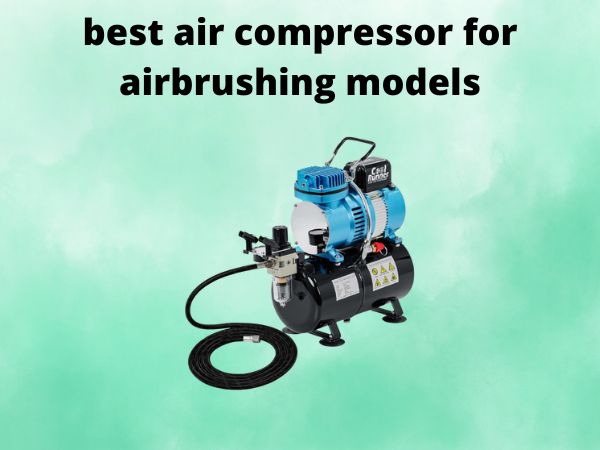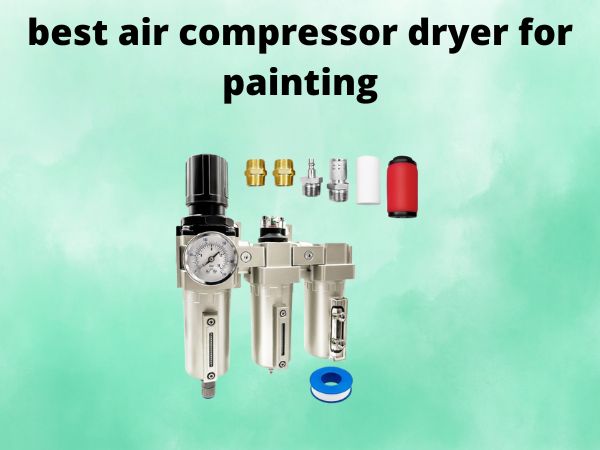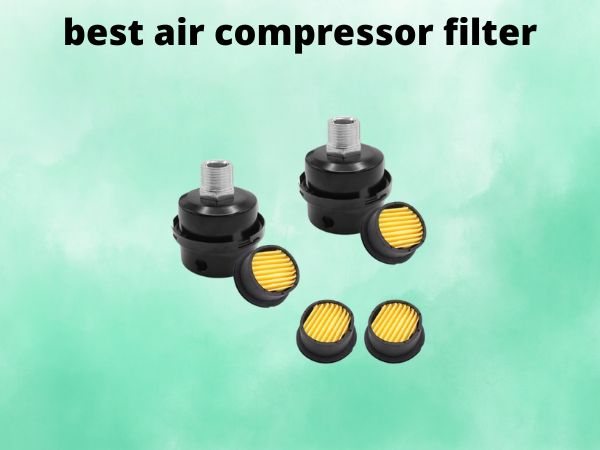How Rotary Screw Air Compressors Work: A Detailed Explanation
Have you ever wondered how those industrial-sized air compressors manage to deliver such a powerful and consistent flow of compressed air? Well, the answer lies in the remarkable engineering behind rotary screw air compressors. These versatile machines have become the backbone of many industries, from manufacturing to construction, and understanding how they work can provide valuable insights into their inner workings.
Table of Contents
The Anatomy of a Rotary Screw Air Compressor
At the heart of a rotary screw air compressor are two key components: the rotors and the casing. The rotors, which are typically made of high-quality steel, are designed to fit together with precision, creating a series of interlocking helical grooves. As these rotors spin, they draw in air and gradually compress it, forcing it through the outlet and into the desired application.
The Compression Process
The compression process in a rotary screw air compressor can be broken down into several distinct stages:
- Air Intake: The rotors, spinning in opposite directions, draw in air through the inlet port, filling the spaces between the helical grooves.
- Compression: As the rotors continue to spin, the air is gradually compressed, with the volume of the air pockets decreasing and the pressure increasing.
- Discharge: Once the air has been compressed to the desired pressure, it is forced out through the outlet port, ready to be used for various industrial applications.
The Importance of Rotor Timing and Clearance
The efficiency and performance of a rotary screw air compressor are largely dependent on the precise timing and clearance between the two rotors. If the rotors are not properly synchronized, the compression process can become uneven, leading to decreased efficiency and potentially even damage to the machine.
Rotor Timing
The timing of the rotors is crucial, as they need to spin in perfect harmony to ensure a smooth and continuous compression process. This is achieved through the use of precise gears and bearings, which maintain the rotors’ relative positions and prevent them from interfering with each other.
Rotor Clearance
In addition to timing, the clearance between the rotors and the casing is also critical. This small gap, typically measured in thousandths of an inch, allows for the efficient flow of air while preventing the rotors from making direct contact with the casing. Proper clearance helps to minimize wear and tear, improve energy efficiency, and ensure the long-term reliability of the compressor.
Lubrication and Cooling Systems
To keep a rotary screw air compressor operating at its best, it requires a robust lubrication and cooling system. The high-speed rotation of the rotors generates significant heat, which must be dissipated to prevent damage to the machine and ensure optimal performance.
Lubrication
The rotors and other moving components within the compressor are constantly subjected to friction, which can lead to wear and tear over time. To combat this, rotary screw air compressors rely on a carefully designed lubrication system, typically using oil or synthetic lubricants, to reduce friction and extend the lifespan of the machine.
Cooling
In addition to lubrication, rotary screw air compressors also require an effective cooling system to dissipate the heat generated during the compression process. This is often achieved through the use of heat exchangers, which transfer the heat from the compressed air to a cooling medium, such as water or air.
Maintenance and Troubleshooting
Like any complex machinery, rotary screw air compressors require regular maintenance and attention to ensure optimal performance and longevity. This includes tasks such as:
- Checking and replacing air filters
- Monitoring and changing lubricants as needed
- Inspecting and servicing the cooling system
- Addressing any unusual noises or vibrations
By staying on top of these maintenance tasks, you can help ensure that your rotary screw air compressor continues to deliver the reliable, high-quality compressed air that your business requires.
Conclusion
Rotary screw air compressors are truly remarkable pieces of engineering, capable of efficiently and consistently delivering the compressed air that powers so many industrial processes. By understanding the key components, compression process, and maintenance requirements of these versatile machines, you can gain a deeper appreciation for the technology that keeps businesses running smoothly. Whether you’re an industry professional or simply curious about how these compressors work, exploring the inner workings of rotary screw air compressors is a fascinating journey that can provide valuable insights into the world of industrial machinery.
FAQs
What are the main components of a rotary screw air compressor?
The main components of a rotary screw air compressor are the rotors, casing, lubrication system, and cooling system. The rotors, which spin in opposite directions, draw in air and gradually compress it, while the casing, lubrication, and cooling systems work together to ensure the compressor operates efficiently and reliably.
How does the compression process work in a rotary screw air compressor?
The compression process in a rotary screw air compressor involves the rotors drawing in air through the inlet port, compressing the air as it travels between the helical grooves, and then discharging the compressed air through the outlet port. This process is continuous and creates a steady flow of high-pressure air for various industrial applications.
What is the importance of rotor timing and clearance in a rotary screw air compressor?
The precise timing and clearance between the rotors are crucial for the efficient and reliable operation of a rotary screw air compressor. The timing ensures the rotors spin in perfect harmony, while the clearance between the rotors and the casing allows for smooth air flow while preventing direct contact and wear on the components.
How do the lubrication and cooling systems in a rotary screw air compressor work?
Rotary screw air compressors rely on lubrication to reduce friction and wear on the moving components, while the cooling system dissipates the heat generated during the compression process. The lubrication system typically uses oil or synthetic lubricants, while the cooling system may use heat exchangers to transfer heat to a cooling medium, such as water or air.
What are the key maintenance tasks for a rotary screw air compressor?
Regular maintenance tasks for a rotary screw air compressor include checking and replacing air filters, monitoring and changing lubricants, inspecting and servicing the cooling system, and addressing any unusual noises or vibrations. By staying on top of these maintenance tasks, you can help ensure the long-term reliability and performance of your rotary screw air compressor.




